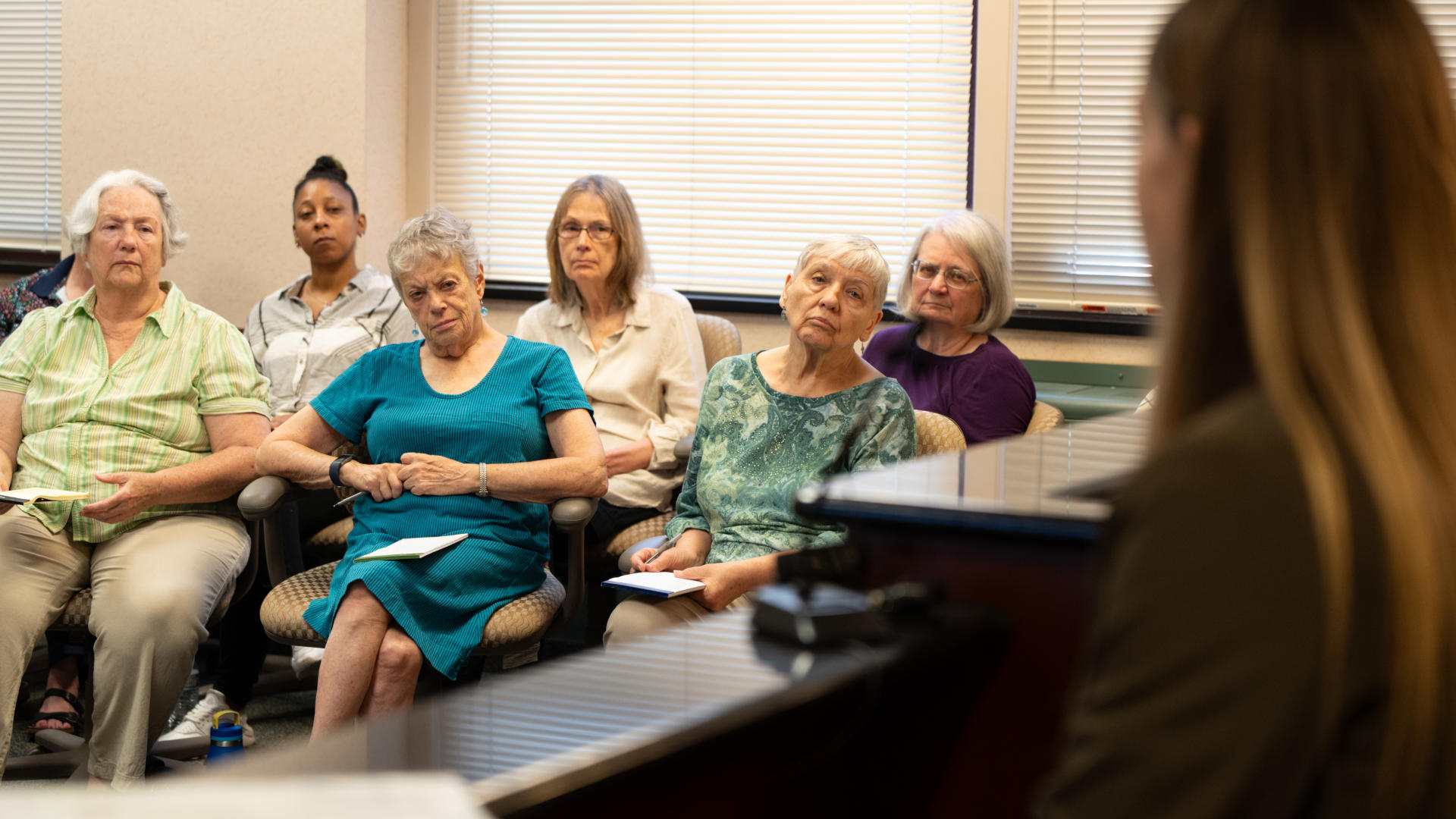When science journalists write about a research advance, they often contact a scientist not involved in the work for an independent opinion of its validity. It’s good journalistic practice. But in climate science, what if there are concepts widely accepted by scientists that turn out to be of the emperor’s-new-clothes variety — that is, accepted fictions? Or, what if the truth of a claim lies beyond the expertise of climate scientists, in the realms of technology, economics, or politics?
My conclusion from more than a half century of experience as a science communicator at six universities — working with both scientists and journalists — is that journalists too often accept many such claims without subjecting them to the healthy skepticism and rigorous analysis that they would of, say, claims by politicians or lawyers.
Journalists recognize that politicians and lawyers have agendas — winning elections and court cases, respectively. But they very seldom perceive scientists as having such an agenda, even though scientists have not been neutral arbiters of truth about climate change.
Journalists’ failure to recognize climate scientists’ agenda means that they have put them on a pedestal, one which turns out to be a house of cards. The shortcomings of climate scientists — professional, psychological, and cultural — have led the researchers to downplay the truly dire state of the planet’s climate.
This downplaying has contributed to the failure to persuade the public to support the vast revolution in the global energy system needed to avoid climate catastrophe. For example, in one survey of public opinion on climate change, the Peoples’ Climate Vote, 64 percent of the 1.2 million respondents said that climate change is a global emergency. However, only 59 percent of that group agreed that the world should “do everything necessary, urgently” in response. Thus, only 38 percent overall favored urgent action.
Two prime examples of emperor’s-new-clothes climate concepts promoted by scientists are the target limits on global temperature rise and the prospects for renewable energy to replace fossil fuels.
The target temperature limits of 1.5 and 2 degrees Celsius (2.7 and 3.6 Fahrenheit, respectively) above preindustrial levels were enshrined as climate gospel in the 2015 United Nations Paris Agreement. And while those limits were deemed central to policies to avoid climate catastrophe, their history reveals that, in reality, they have essentially no value as accurate scientific measures of the incredibly complex global climate system.
Journalists’ failure to recognize climate scientists’ agenda means that they have put them on a pedestal, one which turns out to be a house of cards.
The 2 degrees C limit did not arise from analysis of scientific data on global temperatures, historical records, glacial melting, or ecological impacts. Rather, it was initially based on the global temperature rise believed to occur if the atmospheric carbon dioxide level doubled. Economist William Nordhaus proposed the 2 C limit in the 1970s in two informal, non-peer-reviewed discussion papers. Even Nordhaus himself called the limit “extremely tentative,” “deeply unsatisfactory,” and a rough guess.
The Stockholm Environmental Institute recommended the 2 C limit in a 1990 report acknowledging that a rise beyond 1 C “may elicit rapid, unpredictable, and nonlinear responses that could lead to extensive ecosystem damage.” But since it was too late for society to limit the temperature rise to 1 C, the authors of the report focused on 2 C as an upper limit.
However, as climatologist Reto Knutti and colleagues wrote in a 2015 critique, “no scientific assessment has clearly justified or defended the 2 °C target as a safe level of warming.” The lower 1.5 C limit, by the same token, was not chosen because it represented some safe level but because scientists believed at the time that the 1.5 C limit was attainable and that the damage from global warming would be less than for a 2 C increase.
Despite these shortcomings, journalists have accepted the 1.5 C limit as a target chosen based on a scientific understanding of its climate impacts — rather than being a conveniently round number less than 2 C. For example, a search of Google News for coverage of the 1.5-degree limit at the recent COP28 climate conference revealed no articles questioning its fundamental value as a measure of climatic effects.
Many journalists have also accepted climate scientists’ sunny (pun intended) forecasts of the future of renewable energy. For example, a New York Times article headlined “The Clean Energy Future Is Arriving Faster Than You Think” quoted Fatih Birol, head of the International Energy Agency, as saying that renewable energy investment has become “turbocharged.” However, the IEA’s own data shows that in 2022, the current share of the total energy supply from solar, wind, hydro, geothermal, and ocean energy was only 5.5 percent.
And some researchers have warned that it will take an historically unprecedented acceleration in the deployment of renewables to achieve climate-saving goals. Policy analyst Vaclav Smil has pointed out that past energy transitions — from wood to coal or oil, for example — have taken two to three generations. “Renewables are not taking off any faster than the other new fuels once did, and there is no technical or financial reason to believe they will rise any quicker,” he wrote in a 2014 article for Scientific American. “Today’s great hope for a quick and sweeping transition to renewable energy is fueled mostly by wishful thinking and a misunderstanding of recent history.”
Energy policies will also need to explicitly aim to phase out fossil fuels at the same time. Economist Richard Newell and policy researcher Daniel Raimi wrote that in the past, “the world has never truly undergone an energy transition.” In contrast, they continued, “the world has experienced a series of energy additions, where new fuels build atop the old, rising like a skyscraper under construction.”
Journalists have taken climate scientists’ claims at face value in part because, like the public, they see scientists as trusted. One 2015 survey found that 71 percent of the respondents “strongly” or “somewhat” trusted climate scientists as a source of information about global warming. More recent surveys have shown that about three-quarters of Americans have confidence in scientists to act in the best interests of the public.
Some researchers have warned that it will take an historically unprecedented acceleration in the deployment of renewables to achieve climate-saving goals.
But more broadly, many journalists don’t understand the characteristics and pressures that make climate scientists unreliable narrators (to borrow a phrase fiction writers use to describe misleading characters). For one thing, scientists tend toward professional optimism. Their experiments often fail, and they usually only publish their successes. Amid such failure, it takes a steely optimism to press on. And to win funding, they must express optimism in their research proposals that they will discover something.
This optimism has prompted climate scientists to inveigh against “doomism,” asserting that there is still time left to avoid climate catastrophe. However, in judging those assertions, journalists should recognize that climate scientists are neither engineers, economists, nor political scientists. Their narrow expertise means that they may discount the massive technological, economic, and political barriers to stopping the momentum of our fossil-fuel-driven society. Whistling past a graveyard does not mean the graveyard is not still there.
Climate scientists also tend to self-censor, muting their public voices and downplaying the severity of climate effects. In a 2016 essay posted on his website, climatologist James Hansen called such timidity “dangerous scientific reticence” and wrote, “the affliction is widespread and severe. Unless recognized, it may severely diminish our chances of averting dangerous climate change.”
“Erring on the side of least drama,” is how historian Naomi Oreskes and colleagues described climate scientists’ tendency to temper their climate change predictions. In a 2013 paper, they wrote that the tendency came from “an internal pressure arising from norms of objectivity, restraint, etc.” And that it “may cause scientists to underpredict or downplay future climate changes.”
Many journalists don’t understand the characteristics and pressures that make climate scientists unreliable narrators.
In an article for Scientific American, Oreskes and two colleagues highlighted a related element of scientists’ agenda — preserving their reputation as carefully conservative. The authors wrote that scientists worry about losing credibility if they overestimate a threat; but if they underestimate the threat, they will suffer little, if any, impact on their reputation. So, scientists protect themselves “by down-playing known risks and denying critics the opportunity to label them as alarmists.”
Another major reason for scientists’ reticence is that high on their agenda is preserving their employment. Not only are they not rewarded professionally for public advocacy, they can lose their jobs. Government scientists and contractors and corporate scientists can be summarily fired for climate activism. Such was the recent case of earth scientist Rose Abramoff, who was fired from her job at Oak Ridge National Laboratory after participating in a protest at an American Geophysical Union meeting. Although academic scientists would seem to be more protected, their research collaborations and tenure prospects can be imperiled by activism.
Journalists should remove climate scientists from their house-of-cards pedestal and apply the same rigor they would use with other sources. They would find their coverage more accurate, realistic, and compelling in portraying the stark realities of the climate emergency and the drastic steps that must be taken to meet it.
Dennis Meredith is the author of “The Climate Pandemic: How Climate Disruption Threatens Human Survival.”












Comments are automatically closed one year after article publication. Archived comments are below.
Hannah Ritchie is worth reading for facts. hannahritchie.com
She is Deputy Editor and Lead Researcher at Our World in Data, and a researcher at the Oxford Martin Programme in Global Development, at the University of Oxford.